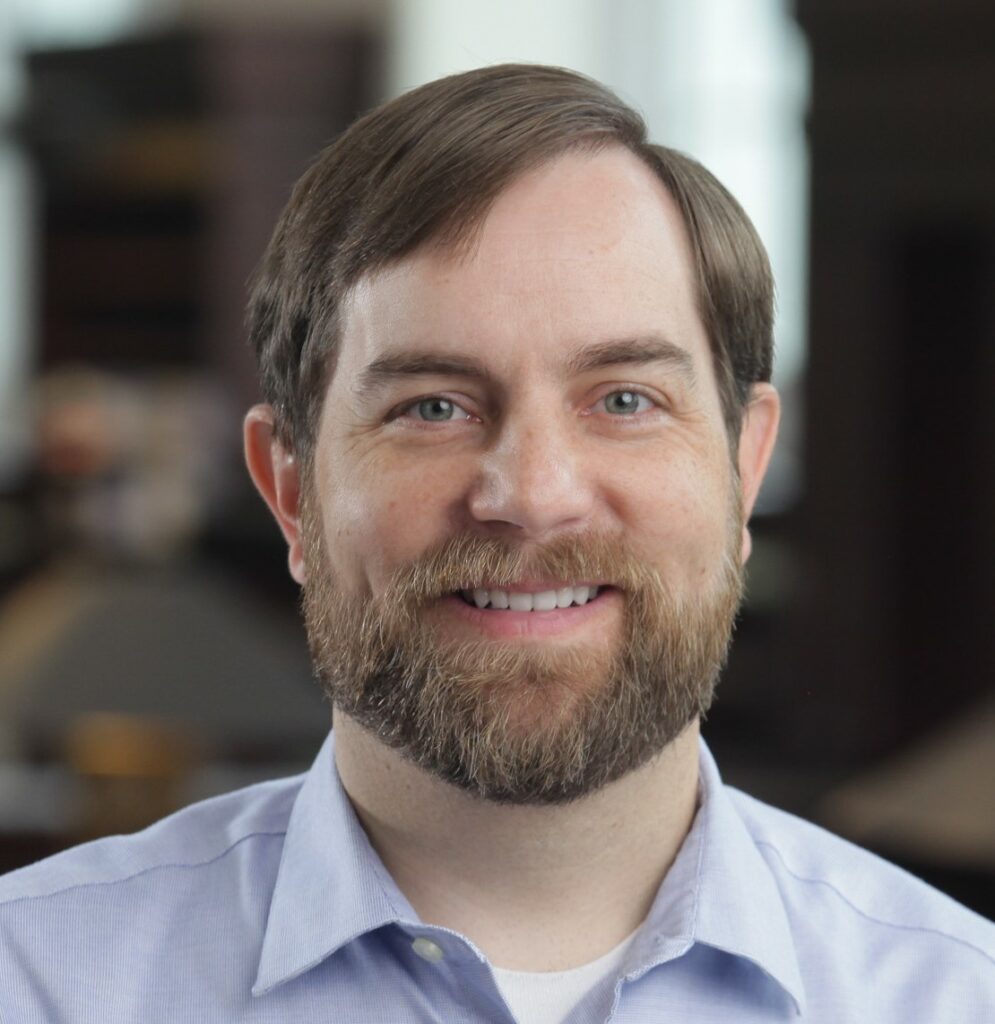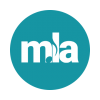
Post by Peter Shirts
Music and Dance Librarian, Emory University
Co-chair, MLA Legislation Committee
Like many universities, Emory invested in streaming infrastructure for student recitals during the COVID pandemic, and while these recitals are back to in-person audiences, live-streaming recitals continue to be requested by some students, as it allows participation of family and friends who are not able to travel. Streaming and recording student recitals, however, can surface copyright issues beyond those associated with in-person recitals.
Posting recital recordings featuring copyrighted music on sites such as YouTube can be challenging, including possibly acquiring multiple licenses, such as a mechanical license and a public performance license.* Note that the copyright impacted here is only for the underlying composition—because the performer is making a new recording, we do not need to worry about infringing a previously existing sound recording copyright. Live-streaming these recitals may already be covered under your organization’s blanket licenses from Performing Rights Organizations (PROs, which collect royalties on behalf of composers), at least if live-streamed from your organization’s website; you may wish to consult your blanket license with your institution’s legal counsel to confirm.
In Emory’s case, our legal counsel determined that ASCAP, BMI, and SESAC blanket licenses covered live streaming of music performances from Emory’s website. However, our latest PRO blanket license from Global Music does not cover streaming. While Global Music mostly covers popular music not generally performed at student recitals, there are some exceptions, such as George and Ira Gershwin.** Because of this complication, the music department decided to create a form (based on the form that is given to visiting/touring artists at the on-campus concert venue) where students list their recital works and which PRO controls the rights or another situation—for example, if the work is in the public domain, or the performer has direct permission from the composer (usually the case for student compositions).
Is requiring students to identify the publishing rights for their concert repertoire a good idea? While the form is arguably not necessary, considering the small chance of a lawsuit and the likeliness of student performance repertoire being already covered under a blanket license, the form does provide students some copyright education not part of the regular curriculum, which could be useful after graduation. Also, as Emory is a private institution, unlike public institutions it is not covered under sovereign immunity from claims for copyright damages, meaning the stakes are a little higher. On the other hand, according to the music department only 2 of 11 student recitals in Spring 2024 semester chose to live stream, so it is possible the form has a chilling effect on streaming requests, though students were not interviewed to determine their reasons for choosing not to stream.
*YouTube uses automatic licensing software, Content ID, that identifies and monetizes music for music publishers, so anyone posting copyrighted music there is unlikely to get sued; instead, commercials will be added to the video. Opting out of these commercials can be difficult, as YouTube’s system is notorious for giving false positives for classical/art music (as well as other types of music), because it will match melodies from copyrighted sound recordings without taking into account that the compositions themselves are in the public domain. Further, the process to appeal a copyright claim identified by Content ID is opaque with little chance of success.
**Strangely, Emory’s Global Music license does allow streaming (including live) of its repertoire by Emory affiliates on YouTube.
